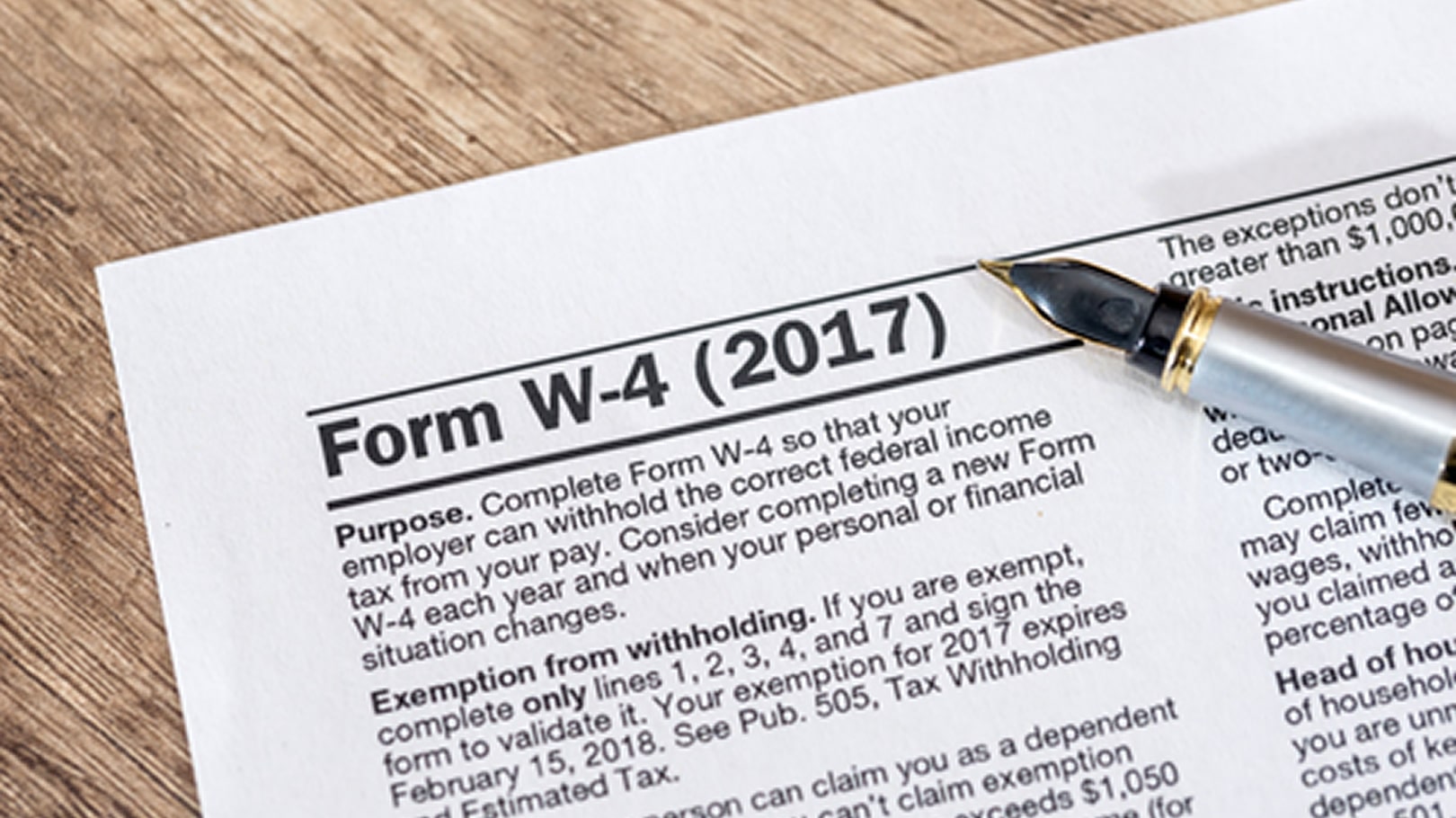Employer Deadline for New Tax Withholding Tables – February 15
Beginning on February 15th, 2018, employers are required to use new tax withholding tables to determine how much income tax to withhold from employee paychecks.
The following is a brief chronological history of the events leading up to this deadline, along with explanations in response to some of the most frequent employer questions relevant to this requirement.
December 22, 2017
This is the date on which the Tax Cuts and Jobs Act, was enacted. The Act made several changes to the tax code that will affect individual taxpayers in 2018. As an example the new law:
- Adjusted tax rates and tax brackets
- Increased the standard deduction
- Repealed personal exemptions
January 9, 2018
In response, on January 9th, 2018 the Internal Revenue Service (IRS) issued the required new tables for tax withholding, in Notice 1036.
The Notice contains early release copies of the “Percentage Method Tables for Income Tax Withholding” that will appear in IRS Publication 15 (Employer’s Tax Guide).
February 15, 2018
This is the date by which employers must use the new tax withholding tables to determine how much income tax to withhold from their employees’ paychecks.
Employers should become familiar with the new tables and begin using them as soon as possible, but no later than Feb. 15, 2018.
Employers should also monitor the IRS’s Notice 1036 website for future guidance regarding income-tax withholding under the Tax Cuts and Jobs Act.
What exactly are tax withholding tables?
A withholding table shows payroll service providers and employers how much tax to withhold based on each employee’s wages, marital status and number of withholding allowances claimed on a Form W-4. Notice 1036 also includes information about Social Security and Medicare rates for 2018.
How many tax brackets and rates are there?
As of right now there are still only seven (7) tax bracket rates as follows: 10%, 12%, 22%, 24%, 32%, 35%, and 37%. Here is how those break out depending on a person’s filing status:




Do I have to obtain new Form W-4s from my employees for 2018?
No. The new tables in Notice 1036 are designed to work with the Forms W-4 that employees have already filed with their employers to claim withholding allowances for 2018.
Thus, employers do not need to obtain updated Forms W-4 from their employees to start using the new tables.
What happens in 2019?
For 2019, however, the IRS is revising Form W-4 to more fully reflect the new law and to help individuals determine whether to adjust their withholding.
Once released, the revised Form W-4 can be used in 2018 by anyone who is:
- starting a new job
- wanting to update their withholding in response to the new law or changes in their personal circumstances
Until the revised Form W-4 is released, employees and employers should continue to use the 2017 Form W-4.
Where can I direct employees who wish to determine their withholding amount?
In addition to the Form W-4 updates in progress, the IRS is currently revising its online tax withholding calculator to help individuals determine their withholding under the new tax law.
The IRS anticipates that the new calculator will be available by the end of February 2018, and encourages taxpayers to use it to adjust their withholding as soon as it is released.
According to the IRS, the Form W-4 and calculator revisions will reflect additional changes made by the new tax law, including:
- changes in available itemized deductions
- increases in the child tax credit
- the new dependent credit
- the repeal of dependent exemptions
The IRS also indicated that it will include more detailed guidance on tax withholding, along with the information in Notice 1036, in Publication 15 and related publications in early 2018.
This is the first in a series of steps that the agency will take to help employers improve the accuracy of their tax withholdings in accordance with the new tax reform law. Stay tuned!
More Information
For questions related to this or other matters related to employee benefits and compensation, please contact our office at 602-903-4047 or email me at jmorrow@employerbenefitsandadvice.com.
This information is not intended to be exhaustive nor should any discussion or opinions be construed as legal advice.

